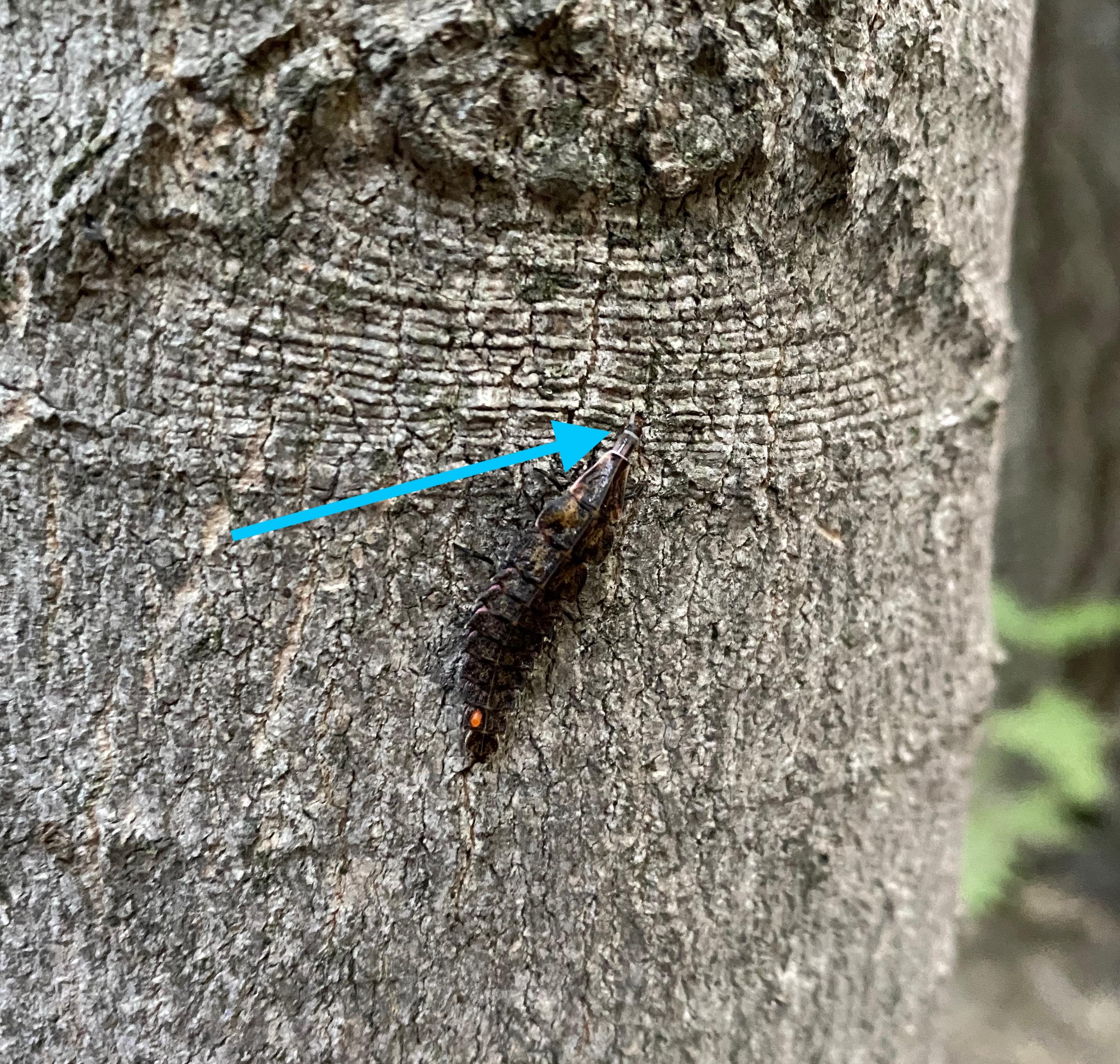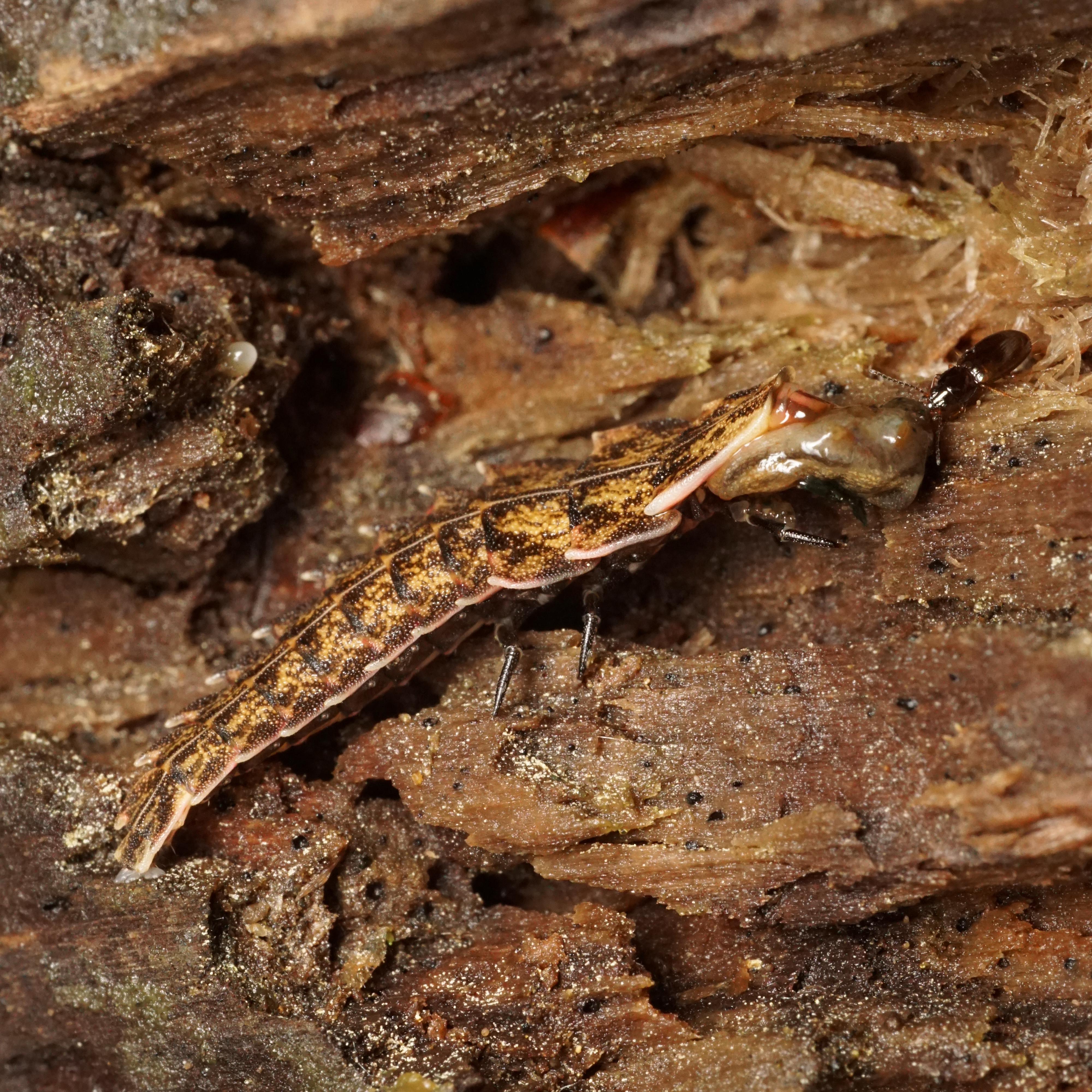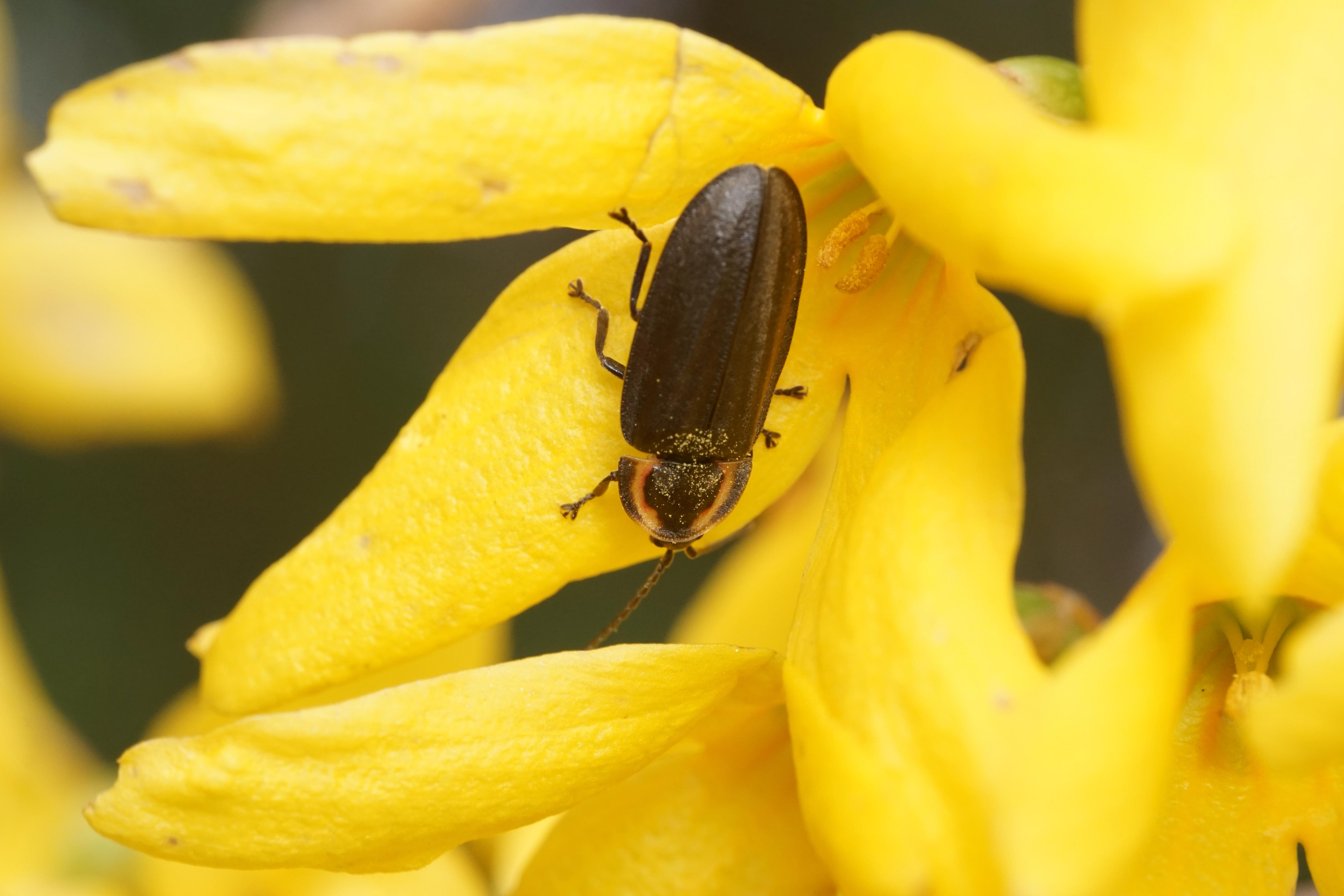Enjoying the fireflies this summer? Thank a snail
Before they become fireflies, these beetles spend their immature stage as predators of garden pests.

More than just pretty lights
Fireflies are an iconic symbol of summer in Michigan, but these fascinating beetles are not just here to light up our evenings for a few months during the summer. They are present year-round as an immature (larval) stage in soil or aquatic habitats, hunting snails, slugs and other soft-bodied prey.

As predators, the adults and immature stages of fireflies contribute to pest management in our yards and gardens. In addition, the adults are frequent flower visitors and likely contribute to pollination of a variety of plants. There’s a lot to like about these beetles and even more to learn. There are over 125 species of fireflies in North America and a great deal of diversity within this group. Relatively few species comprise the night-flashing displays that gave rise to their emblematic name.

The making of a firefly
The immature stages can be found in a variety of habitats. Most often, they live in the soil or in close proximity to it. They also tend to be found in moist habitats and some (e.g. Pyractomena spp.) are semi-aquatic, visiting the water to search for prey. One recurring theme in the lives of fireflies is moisture. The adults lay eggs in moist soils and the eggs require consistent moisture to reach maturity. Adults and late-stage larvae are less dependent on moisture but you are not likely to find fireflies in Michigan too far from an aquatic habitat or near standing water.

Once the eggs hatch, larvae will spend one to two years living in the soil as they develop. It is during the immature stages that the majority of a firefly’s caloric intake takes place. Immature fireflies are actively-searching predators with voracious appetites. They feed on snails, slugs, earthworms, caterpillars (e.g. cutworms) and anything else that can’t crawl fast enough to escape their grasp. The food preferences of adult fireflies are not as well studied, but they are known to feed on soft-bodied insects, pollen, and in some cases, other fireflies.

What can I do if I want to see more fireflies?
Firefly populations can be highly variable from year-to-year and from place-to-place. There is a lot we don’t know about the challenges fireflies face and the long-term impacts of human activities on their populations. However, there is good evidence that artificial light at night impacts the ability of nocturnal fireflies to reproduce successfully (read a review of the research here). We also know that insecticides commonly used in residential yards can be lethal to firefly adults and immatures. Fireflies are also negatively impacted when human activities remove or destroy the aquatic or semi-aquatic habitats that they rely on. You can help fireflies by maintaining or restoring natural habitats with a diversity of Michigan native plants. Flowering plants will support fireflies by providing nectar and pollen for the adults. Use timers or motion sensors to limit the amount of artificial light outdoors at night. Avoid using insecticides to control pest insects, especially around moist habitats that might be harboring firefly larvae. Instead, choose cultural practices and/or physical methods of pest management. The Gardening in Michigan website from Michigan State University Extension has an abundance of information to help keep your plants happy and healthy without the use of pesticides.



 Print
Print Email
Email